Legal battles between li-ion battery wholesalers and manufacturers April 01 2015, 1 Comment
Overview
Let’s take a moment to reflect on the giant high-tech patent wars which are brewing in the world of lithium ion batteries. Battery manufacturers are multibillion dollar companies and have legal teams which work day and night. It is then no surprise that occasionally they will lock horns like giant moose. The problem is when moose fight, not a lot else happens. While these companies fight for patent rights, their inventions are put on hold. It is believed by many that batteries are the key ingredient for a truly electric world. This is especially true for electric vehicles which many expect are the best chance for them to penetrate the mass market.
NMC in 18650 batteries
The story revolves around a particular battery chemistry you may have heard of - NMC “nickel, manganese, cobalt”. This chemistry is good in many ways and has found its use in electric vehicles, but also in commodity 18650 batteries. For example the LG Chem 18650 (ICR18650 B4) is a cylindrical li-Ion battery using NMC as its cathode (positive electrode). These batteries have a relatively high capacity of 2600mAh, but a low maximum amperage discharge rating just shy of 4A. Perfect for long duration applications which don’t need a lot of burst power - like electric vehicles.
Details on battery chemistry
This chemistry has a few different things going for it. The first worth mentioning is Cobalt - a chemical that is expensive and volatile at the same time. It should be easy to see that both these variables are critical to the success of electric vehicles. The second point about NMC is how much lithium ions it can transfer between the anode and cathode. Remember, the ions have to move through the electrolyte to get to either side, and that’s all they do when you charge or discharge a battery. The ions move between anode and cathode through an electrolytic substance.
Take a simple thought experiment - what if you could put all of the lithium in motion - that would be the highest capacity and best use of the material. That is highly efficient, but if you start moving all of the material it will simply break and collapse in on itself. You can only mobilize about half of the lithium. What happens in NMC is a special lattice is created which supports the structure of the cathode at a microscopic level. Because it’s sturdier, more lithium can be mobilized which directly translates to a higher capacity - whether it is in a car or in an 18650 battery.
The Leaf Electric Vehicles use NMC
3M’s patent on NMC must be very solid
Patents filed for NMC chemistry date back fifteen years. The first laboratory that claims ownership is a US government laboratory named Argonne National. Filed in 2000 by Michael Thackeray, a South African-born researcher working there. It was only several months later the giant 3M filed for a competing patent from a scientist working at a Nova Scotian university.
The problem is the Argonne patent only applied for American jurisdiction, whereas 3M took the patents for the really important manufacturing countries like Korea, Japan, and China. Nobody could have known at the time how important NMC would eventually become, but 3M had the resources to take such a risk and speculate as it did - using their patents to file lawsuits against companies like Matsushita, Sanyo, and even Sony.
New problems have arisen with General Motor’s Chevy Volt car, as the batteries are actually NMC - which is produced by LG Chem, who licenses the chemical from Argonne National.
Conclusion on li-ion batteries and their legal troubles
Some experts believe patent law should be abolished altogether, and that they only hinder the progress of science. There are certainly many notable examples of this in the world today - and lithium batteries are no exception to the fact. What you should take away from this post is how legally entrenched batteries actually are. Energy fuels revolutions in technology, and li-ion batteries are exactly the energy which will power our future devices. Hopefully we will find a way to give chemists with discoveries due credit and at the same time allow an efficient use of those discoveries.


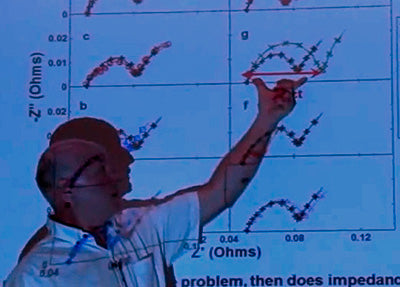
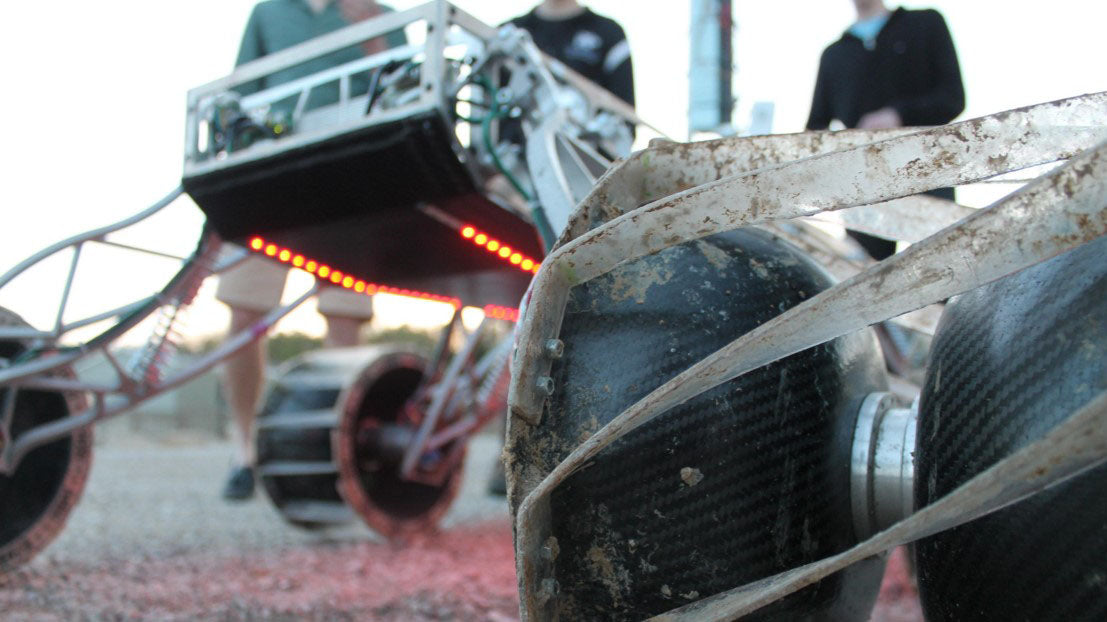


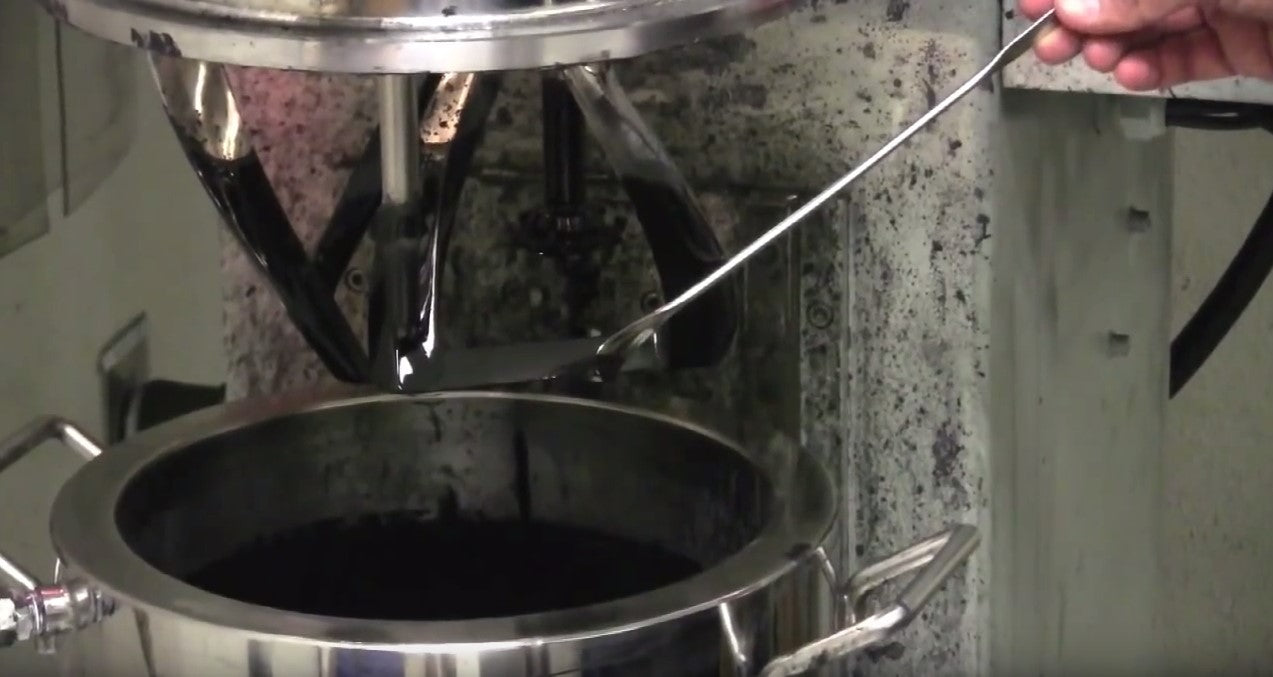
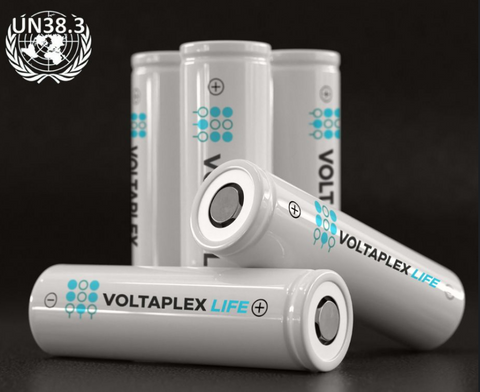
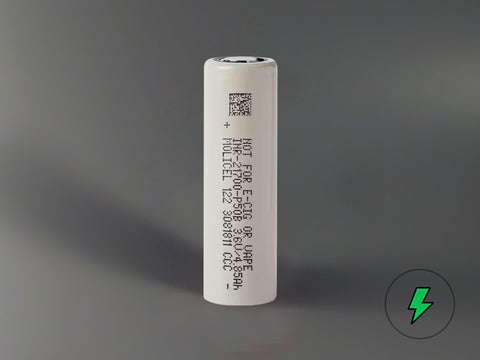
Comments
Daniel Walker on June 01 2019 at 05:43AM
Amazing post!!
You have shared valuable information. This post may help people. Keep sharing!!